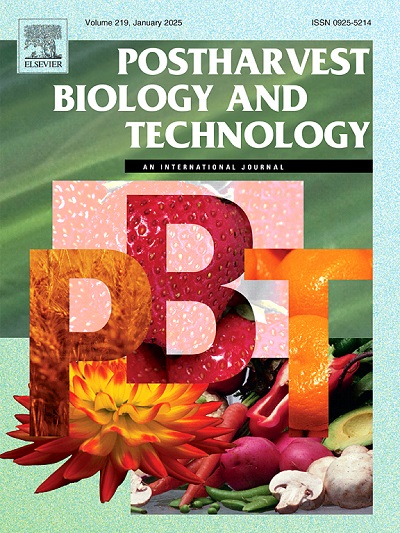Bioimpedance-based prediction of dry matter content and potato varieties through supervised machine learning methods
IF 6.4
1区 农林科学
Q1 AGRONOMY
引用次数: 0
Abstract
This study explored bioimpedance measurements and their derived parameters as potential indicators of dry matter content and potato variety. We investigated how bioimpedance correlates with the dry matter composition of potatoes,through destructive tests on tissue slices. Using the machine learning approach, we identified patterns and associations that can aid in predicting dry matter content, using regression models, and discriminating among potato varieties, focusing on classification models. In particular, four feature selection methods (correlation matrix, minimum-redundancy–maximum-relevance, neighborhood component analysis, and t-test) were evaluated against a baseline with all features. It was found that the best regression model for dry matter was a neural network regression model with t-test features, which achieved of 0.62 and RMSE of 2.3% in testing, while the best classification model for potato variety was a neural network classification model with correlation matrix features, achieving an score of 0.92.
求助全文
约1分钟内获得全文
求助全文
来源期刊

Postharvest Biology and Technology
农林科学-农艺学
CiteScore
12.00
自引率
11.40%
发文量
309
审稿时长
38 days
期刊介绍:
The journal is devoted exclusively to the publication of original papers, review articles and frontiers articles on biological and technological postharvest research. This includes the areas of postharvest storage, treatments and underpinning mechanisms, quality evaluation, packaging, handling and distribution of fresh horticultural crops including fruit, vegetables, flowers and nuts, but excluding grains, seeds and forages.
Papers reporting novel insights from fundamental and interdisciplinary research will be particularly encouraged. These disciplines include systems biology, bioinformatics, entomology, plant physiology, plant pathology, (bio)chemistry, engineering, modelling, and technologies for nondestructive testing.
Manuscripts on fresh food crops that will be further processed after postharvest storage, or on food processes beyond refrigeration, packaging and minimal processing will not be considered.
 求助内容:
求助内容: 应助结果提醒方式:
应助结果提醒方式:


